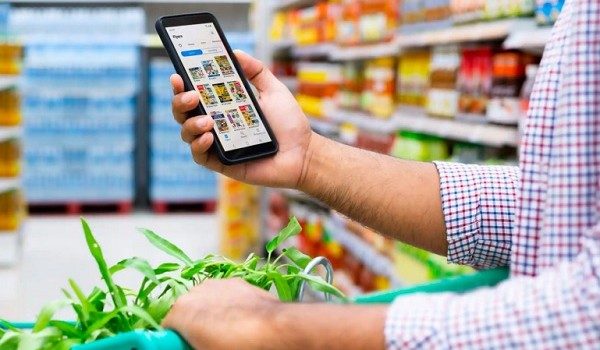At the end of each year JWT takes on a global initiative, tracking upcoming trends likely to influence consumers’ lives in the coming months. For the 10th anniversary of this report, the agency looked back on its past predictions to see which ones would still be big in 2015. JWT Canada conducted its own survey in this country to localize the global trends, and in this five-part series, exclusive to strategy, the JWT Canada Front Row Insights Team break down the 2015 Trend Report with new Canadian data and examples.
By Victoria Radziunas and Matt Ball
Cooperative Consumption
Bartering is back – but with a twist. Thanks to the prevalence of tech-enabled online social networking, the world’s oldest form of commerce is being reinvented. And more and more consumers are open to sharing just about everything – from carpooling duties to living rooms.
Cooperative consumption – based around enabling fractional ownership, sharing underused assets and pooling resources – is disrupting traditional business models. On the bright side, it poses an opportunity for brands to find creative ways to discover new revenue streams, fully utilize assets, upgrade relationships with consumers and become more sustainable.
While on fire in less developed countries, Canadians are only warming up to this trend, with less than half of the overall Canadian population (46%) trusting individual people offering services on peer-to-peer platforms. Socially-comfortable Canadian millennials are slightly more likely to embrace the movement (55%).
As millennials age, prevalence of this transaction format will rise. Swapsity, a Canadian online resource that connects people pooling together skills, services and anything underused, was created as a portal to facilitate more financially and ecologically responsible living. “Swapping and bartering is becoming an approach to solving real problems,” says Marta Nowinska, founder and president of Swapsity.
Fortunately for brands who feel their traditional models risk being disrupted, 76% of Canadians still feel safer buying goods and services in the traditional way than using a peer-to-peer service, which they feel can be unsafe (69%) or unreliable (64%). However, brands like Uber are finding innovative ways to enable more peer-to-peer sharing to decrease service costs. In Toronto and Montreal, though facing scrutiny, Uber launched UberX to diversify its services – a cheaper alternative to taxis that allows ordinary drivers who have been pre-screened to pick up passengers in their own cars.
As cooperative consumption gains momentum, benefitting wallets and creating collaborative communities, brands should be inclined to connect with customers at a more personal level to ride with this behavioural shift.
Food as an eco issue
We’re used to being able to buy fresh, perfect looking food from anywhere in the world regardless of the time of year. But moving this out-of-season produce around the globe takes a significant amount of energy and resources. According to a recent JWT survey, Canadians are continuing to wake up to the reality of the environmental impacts of doing this and are looking for more environmentally friendly ways to provide food. Seventy percent of Canadians believe there’s a connection between the food they eat and the environment and 61% claim they’re willing to pay 10% to 20% more for it.
One manifestation of this trend in action is the increase in “Farm to Table” restaurants, run by chefs who source food from local farmers who grow food in an environmentally sustainable way. They also readily change their menu to ensure ingredients are in season, which means fresher food that’s travelled less distance before it reaches your plate.
Another example is tied to food wastage. Each year, Canadian food producers throw out millions of tons of edible produce just because it doesn’t look like the perfect produce we’re used to eating. To bring attention to this wastage Vancouver based Grant Baldwin and Jen Rustemeyer produced a documentary about the issue where they vow to only eat food that would have otherwise been thrown away. Many Canadians would not be opposed to this: 72% of Canadians agree that they don’t mind eating misshapen produce, while 93% believe food retailers have a responsibility to limit their food waste.
We first reported on this trend in 2012 and at that stage it was in its infancy. In 2015 we’ve seen some continued momentum, but there’s still some way to go before this becomes mainstream. It’s no longer only about the quality of the food Canadians eat, it’s also about the total environmental impact. Food marketers will increasingly feel the pressure to not only be more transparent with the nutritional content of their products, but also the environmental impact.
Check out part one, two and three of this series.
Image courtesy of Shutterstock.
























